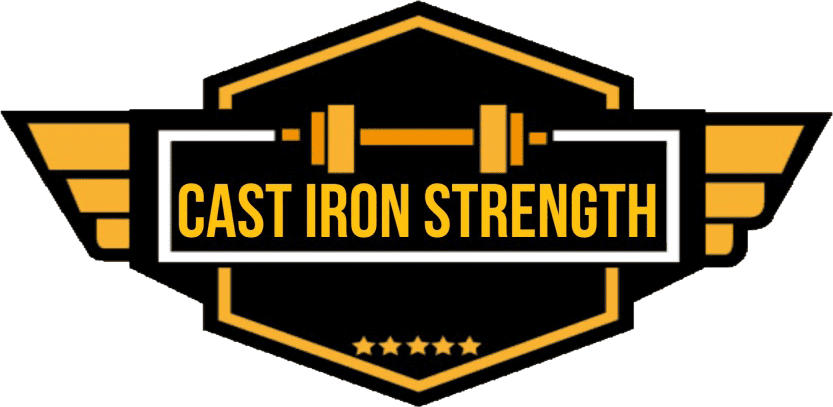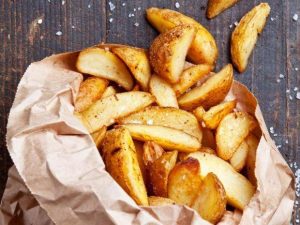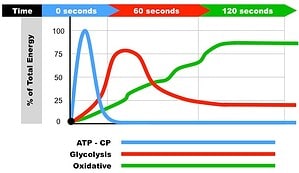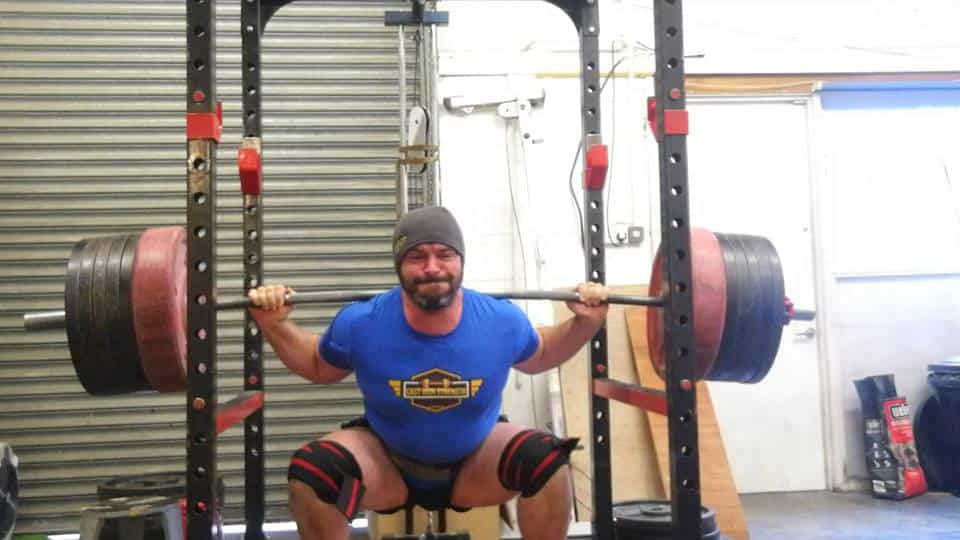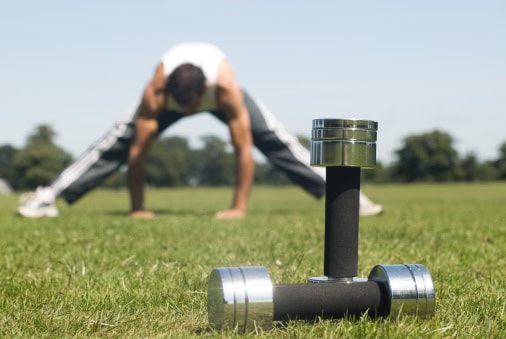If there is one macro in recent years that has been demonised it’s the common old carbohydrate. The insulin hypothesis got huge upswings in popularity with the Atkins diet, fat head the movie and in more recent times with authors like Gary Tubules with books like good calories and bad calories furthering the idea that carbohydrate intake is the smoking gun for the obesity epidemic in the developed world. This is a skewed look at what the majority of scientific literature and opinion in health and nutrition science would lead you to believe and as it’s different and easy to understand it has gained a fair few advocates.
However as with most things in life the alternative, easy to understand, blame this demon view of things it doesn’t represent life in its complexity. That’s not to say that there isn’t something to be said for macronutrient timing or partitioning being able to allow for optimisation of body composition when the large rocks are in place. However, it is an oversimplification of what is the larger problems at hand. Namely lack of physical activity and a higher calorie intake, these two factors are probably the biggest (but not only) factors when it comes to increasing levels of obesity in the developed world. This isn’t a sexy or easy sell and with the government and science backing it for some reason, this almost makes it less trustworthy to some people.
However, calorie control and body composition are only part of why we eat food as an athlete or lifter we should also be interested in the performance and recovery benefits these foodstuffs can have on our bodies. Before we can go further and discuss where and how we want to utilise carbohydrates in our diet we will want to understand firstly what a carbohydrate is.
Carbohydrates perform numerous roles in living organisms. Polysaccharides serve for the storage of energy (e.g. starch and glycogen) and as structural components (e.g. cellulose in plants and chitin in arthropods). The 5-carbon monosaccharide ribose is an important component of coenzymes (e.g. ATP, FAD and NAD) and the backbone of the genetic molecule known as RNA. The related deoxyribose is a component of DNA. Saccharides and their derivatives include many other important biomolecules that play key roles in the immune system, fertilization, preventing pathogenesis, blood clotting, and development.[7] – Wikipedia 2017
Carbohydrates are mainly utilized as energy by the body they are digested and enter the bloodstream as glucose which is a simple sugar. More complex are larger chain carbohydrates such as starch are broken down into smaller chains or sugars in the gut. This is the form of carbohydrate that enters into the blood. Carbohydrates are stored in the form of glycogen in the body which is either stored in the liver (around 100g on average) or it can be stored in muscle tissue locally throughout the body which accounts for the majority of glycogen storage in the body (around 350-400g). The amount of muscle glycogen being stored can vary based on the size of the individual and the training regime they undertake as changes in energy storage is one of the many adaptations the body makes to endurance training.
Glucose is also the brains only source of energy, the brain takes up a huge amount of energy in the average person it is responsible for utilising 50% of tall their glucose use. Glucose and carbohydrates are so important to the body and ultimately brain function that the body has a mechanism known as gluconeogenesis where is can form glucose molecules from lactate, glycerol and certain amino acids.
Some proponents of keto diets might utilise this as a reason why you don’t need carbohydrates in your diet since it is the only macronutrient you can eat almost indefinitely and not die from malnutrition but this is ultimately very flimsy thinking. The body has adapted/evolved a mechanism to provide itself with glucose in any instance so there was sufficient selection pressure for this mechanism to evolve in the body because it increased survival. This means it’s pretty important to the bodies function if the human body has independently evolved a biomechanical process for D-Day where it doesn’t have access to carbs that would suggest that your body would quite like for you to ingest carbs if at all possible.
How does your body use carbohydrates for energy and during what kinds of exercise?
Your body broadly has three kinds of ways it can generate immediate or more sustainable forms of energy. Regardless of the mechanism, your body is using it is using it to synthesise ATP as this is the only energy your muscle cells can actually use to contract they have different proximities to the mitochondria in the cell and thus they have different speeds and durations.
Adenosine Triphosphate (ATP) – Creatine Phosphate (CP) – ATP is the molecule which is used in all muscle cell to produce the energy for contraction. ATP is stored locally in the muscle cell and has a rough duration of 30 seconds as the amount of time you can utilise it as the sole energy source for exercise. It fuels high-intensity exercise so when it comes to high-intensity anaerobic efforts that last for <30 seconds this is the sole store of energy you use to produce contraction.
Creatine Phosphate (CP) – is another energy store that is held locally inside the muscle cell itself. It can be rapidly mobilized to help to create more ATP and help the muscle to continue to contract. This is again utilised in high-intensity exercise and has a duration of around 60 seconds. It is pretty much the last line of energy your body can use for high-intensity anaerobic exercise.
Glycolysis – glycolysis is the process used by the body to convert glucose into pyruvate the energy released in this process is in turn used to create more ATP which allows the muscle to continue to work. Glycolysis is used in high-intensity exercise that lasts for 1-2 minutes any longer than this and oxidative energy systems will begin to contribute. For high-intensity, cardiovascular activity glycolysis will contribute the majority of the energy used for contraction. Again some glycogen is stored intramuscularly so it can be utilised for high-intensity exercise however when the duration of the exercise increases your body will need to start the next energy pathway.
Oxidation – the oxidative energy system is the primary source your body will use to produce ATP at rest or during low intensity or high-intensity exercise. Fat, Protein and carbohydrates can be oxidized and the energy produced in this metabolic activity can be used to create ATP generally the carbs, proteins or fats that are used in this process come from outside of the muscle cell (liver, bloodstream or gut) and as such they have to cross more cell membranes and take longer to metabolise.
This is a very basic look at the metabolic contribution to energy during exercise the actual detail is mind-blowing when you look at the different transporter, enzymes and chemical processes that need to take place for this to take place. However we only really need a working top-down knowledge of the metabolism involved in exercise or energetic as it’s otherwise known to see where it might be useful. Never will you be utilising only one kind of energy to replenish ATP outside of high-intensity anaerobic exercise <25-30 seconds in length where you will be utilising your stores of ATP after which it will be a mixture of ATP and CP. When it comes to glycogen which is obviously relevant to this article you will be using a mixture of glycogen and oxygen depending on the duration and intensity of the exercise.
For instance here are three sessions and a generalisation on how your body will cope with them from an energy substrate standpoint (what your body will use to produce the energy in English).
| Exercise – Duration / Rest | Intensity | Energy Contribution |
| Aerodyne – 2 min / 1 min x 3 | 85-90% MHR | Working
Rest ATP – <5%
|
| Row – 4 min / 2 min x 4 | 75-85% MHR | Working
Rest ATP – <5% |
| Weights – <60 sec / 5 min x 5 | 70-80% MHR | Working
Rest ATP – <5% |
The above table is there for illustrative purposes it’s not 100% scientifically accurate or representative of actual values it is there to show the trends of energy system contribution during different kinds of exercise.
In a nutshell, activities that are high intensity in nature will favour carbohydrates as they produce more ATP than fat per unit of time. For athletes, this has obvious indications for performance we will now discuss this relevance to Powerlifting.
How do carbohydrates relate to powerlifting from a performance standpoint?
When it comes to acute one-off bouts of powerlifting training the need for glucose is next to nothing as it will be a one-off bout lasting <60 seconds unless it is a 15+ rep set which is unlikely in as a one-off bout unless you are doing some silly programme like 20 rep breathing squats. However, very few people will only do one set during their training.
Powerlifting training typically involves multiple sets of 30-60 seconds activity with a high rest to work ratio. The primary sources of energy for powerlifting efforts are going to be the ATP and CP systems with some contribution to the glycolysis and aerobic system during rest periods.
Since most powerlifting training will allow for pretty much full recovery between sets (3-5 minutes of rest) around 80-90% of muscle stores of ATP will be replenished this is relevant as it will decrease the need for the body to decrease glycogen stores in the muscle when it starts running low on ATP and CP during muscular efforts.
In basic terms, this means the need for glucose supplementation or special considerations being given to carbohydrates in the diet is probably not going to have a noticeable performance gain for lifters who utilise complete rest periods.
It is however likely that over the course of a full training session that muscle/liver glycogen will become depleted so having carbohydrates in the diet to replenish this is still a desirable thing. However, not all training allows for complete recovery some protocols such as supersets or giant sets or rest periods <2 minutes in length will increase the contribution of the glycolysis and oxidative systems since they will increase the duration of the activity and not allow for near complete recovery of muscle ATP.
For bodybuilding, this probably has a lot more relevance however for powerlifting during periods of higher workloads such as volume blocks or general physical preparation blocks you might want to look at your carbohydrate intake. Or in the case of splitting up sessions into two a day, you will also want to pay attention to your carbohydrate intake as it will help your performance in protocols such as supersets or lower recovery/rest periods and it will help to replenish your stores in between sessions.
Carbohydrate isn’t just an energy substrate it also has what is known as a protein sparing effect when you have carbohydrates in your diet then your body is less likely to utilise proteins to generate energy as it is more efficient to use fat or carbohydrates. One of the major goals of powerlifting training is to increase the lean mass of the lifter, that is to say, the lean mass or muscle that is going to aid the lifter in increasing their performance in the three competitive lifts. One of the reasons it is advised that you should raise your protein intake during periods of reduced calorie intake or cutting is to spare muscle protein from being burned as fuel, carbohydrates have a similar effect.
But Doesn’t Insulin make everyone fat?
From the video, the evidence currently states a small preference for low carb diets towards higher carb diets because studies don’t match calorie and protein intake when comparing the two diets. When both calories and protein are matched then the difference is negligible. The big picture parts of getting your body composition in check is to first get your protein and calorie intake in line after which you should start to look at macro/nutrient content.
This is beside the point both carbohydrates and protein cause the secretion of insulin and one of the main triggers for anabolism in muscle cells leucine causes a bigger spike in insulin when being paired with carbohydrates. Simply being more out shape can mean you secrete more insulin and insulin is one of the most important hormones for anabolism and also is involved in the suppression of cortisol.
In essence – INSULIN IS NOT EVIL!
This is not to say that some individuals will function better on higher carbohydrate diets and others will function on better on lower carbohydrate diets but you won’t know without experimenting and there is no real reason to completely remove carbohydrates from your diet and force your body into a state of ketogenesis when it can negatively affect your training performance and offers no real tangible benefit to your body composition.
How many carbohydrates do I need as a lifter?
As a powerlifter, your training probably falls into the low to moderate levels of carbohydrate usage so you can probably get away with eating a “normal” amount of carbohydrates and not need to supplement them during your training. If you train twice a day and do conditioning than you should probably have a higher intake of glycogen replenishment.
Carbohydrate requirment of strength athletes click for article
A single resistance training session can result in reductions in muscle glycogen stores of as much as 24–40%
Given the lower relative energy expenditure of larger athletes and their requirements for other nutrients, plus the impact of adjusting carbohydrate on total energy intake, recommendations for carbohydrate intake at strategic times, including before, during and after exercise, may be more applicable for the strength athlete, ensuring carbohydrate availability is optimized at critical time points. Thus we would consider a range of daily carbohydrate intakes between 4 and 7 g · kg–1body mass as reasonable for these athletes depending on their phase of training.
In general, we can assume that powerlifting will be on the lower end of carbohydrate requirement if compared to a sport such as bodybuild but utilising the recommendations made above we can infer some general recommendations for powerlifters based on performance requirements of their training.
| Training Phase | Training Day intake (g per kg) | Rest day intake (g per kg) |
| Work capacity / Volume phase | 4-7g per kg of body weight | 2-4g per kg of body weight |
| Strength phase / “Normal” training | 3-5g per kg of body weight | 2-3g per kg of body weight |
| Peaking phase/pre competition | 2-4g per kg of body weight | 2-3g per kg of body weight |
| Double sessions | 5-7g per kg of body weight | 3-4g per kg of body weight |
Conclusion
As a powerlifter, you are probably on the lower end of carbohydrate needs when it comes to other athletes but it doesn’t mean you shouldn’t have any carbs in your diet. Simply having a normal intake and making sure you are hitting your calorie and protein targets is probably going to ensure you are getting out what you want from your diet.
What I would push is to be skeptical of anything that seems out there, extreme or dogmatic because this is normally where the crazy people live. Sometimes crazy people are visionaries and intellectual leaders however other times they are that weird dude smearing himself in shit in the corner.
Marc
